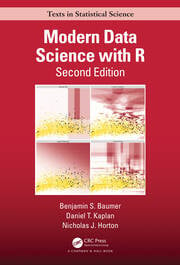Introduction to Modern Cryptography
Now the most used texbook for introductory cryptography courses in both mathematics and computer science the Third Edition builds upon previous editions by offering several new sections topics and exercises. The authors present the core principles of modern cryptography with emphasis on formal definitions rigorous proofs of security. | Introduction to Modern Cryptography

















































